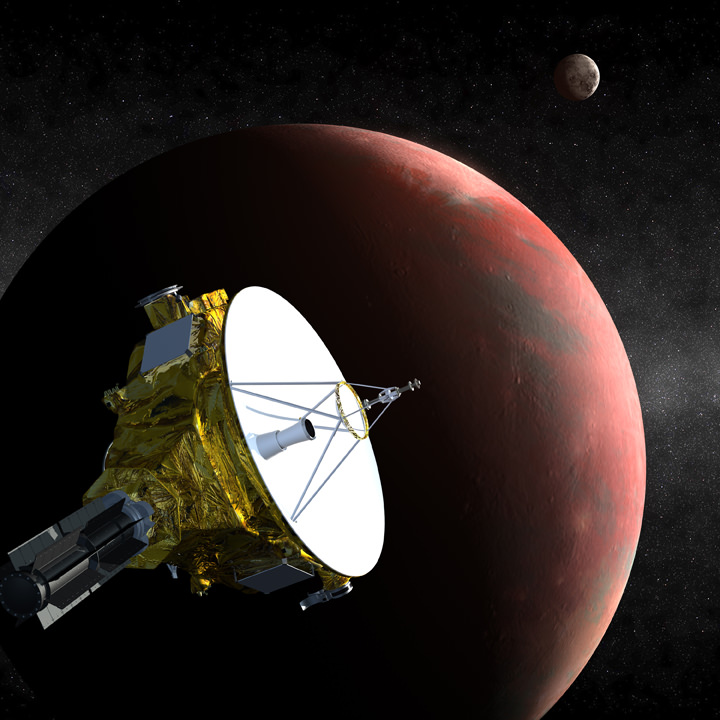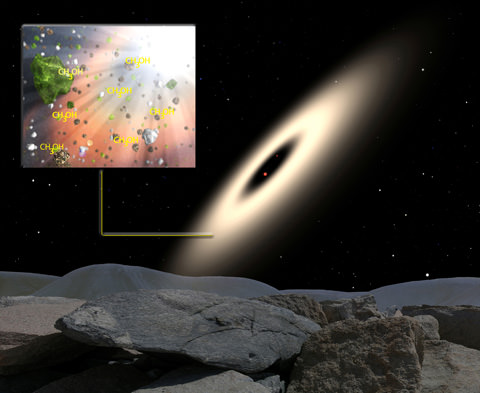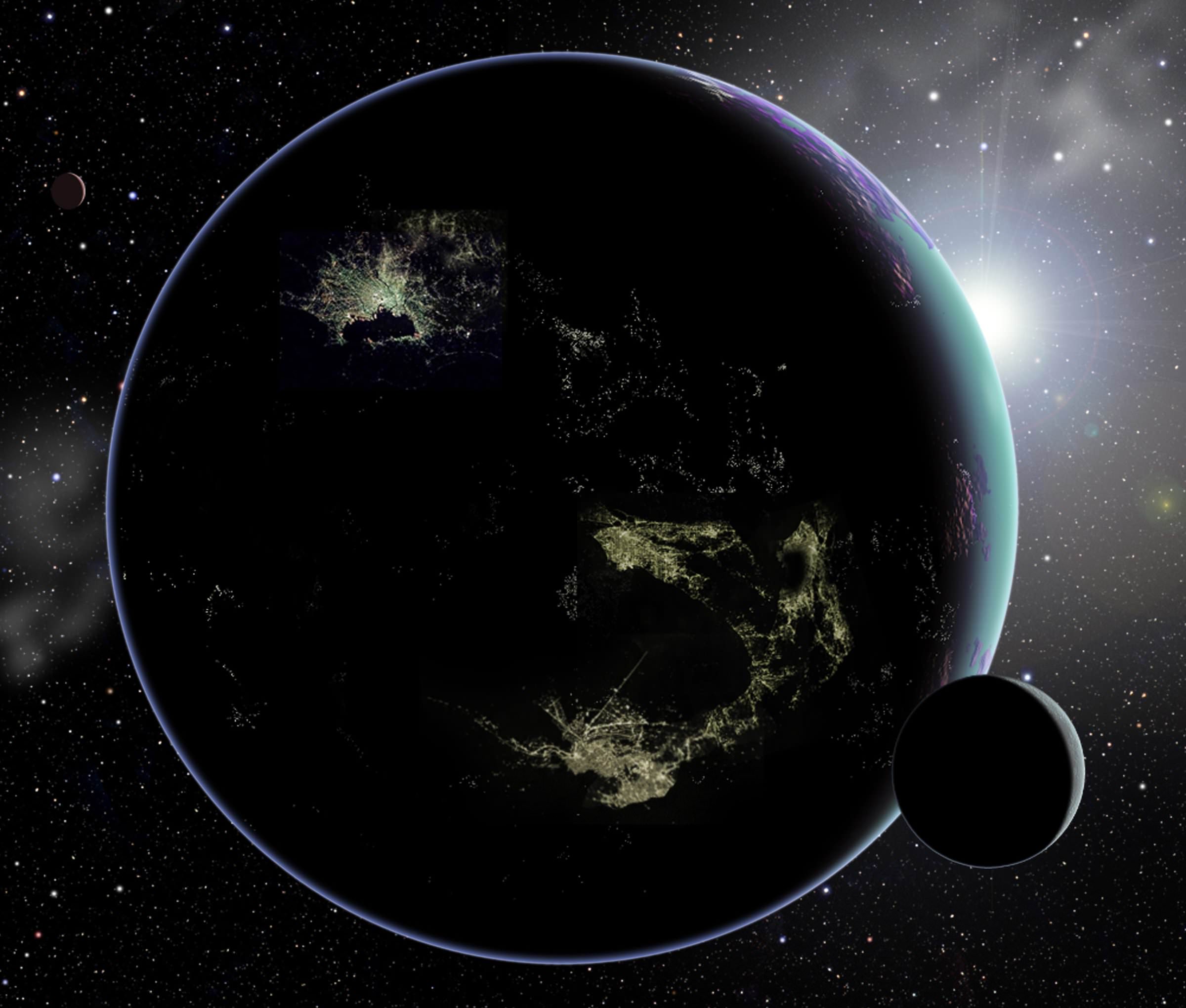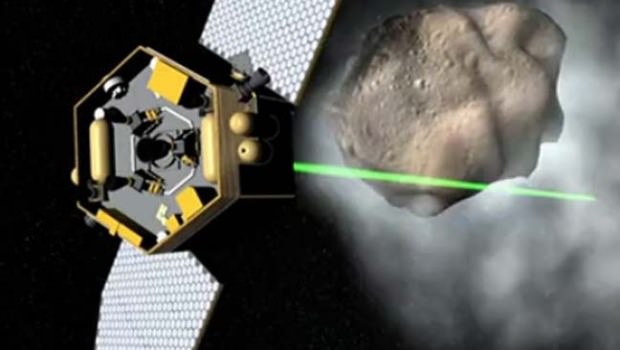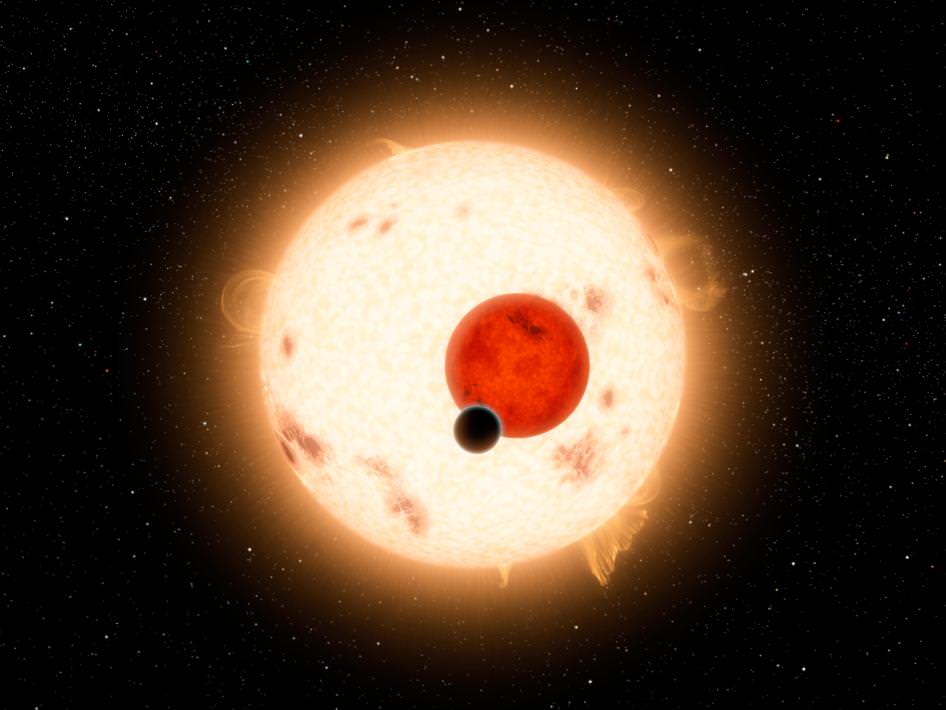[/caption]
Once the realm of science fiction, the prospect of colonizing other planets is getting closer to reality. The most logical first place, besides the Moon, has always been Mars. Venus is a bit closer, but the scorching conditions there are, well, much less than ideal. There is still technology that needs to be developed before we can send humans to Mars at all, never mind stay there permanently. But now there may be help from an unlikely and lowly companion. – worms.
Ok, not the kind of worms you find in your garden, but tiny microscopic worms called Caenorhabditis elegans (C. elegans). Similar biologically to humans in some ways, they are being studied by scientists at the University of Nottingham in the UK to help see how people are affected by long-duration space travel.
In December 2006, 4,000 of them were sent into orbit aboard the Space Shuttle Discovery. This was followed by another mission in 2009. The scientists found that in space, the worms develop and produce progeny just as they do on Earth. The research has been published in the November 30, 2011 issue of Interface, a journal of The Royal Society.
According to Dr. Nathaniel Szewczyk of the Division of Clinical Physiology in the School of Graduate Entry Medicine, “While it may seem surprising, many of the biological changes that happen during spaceflight affect astronauts and worms and in the same way. We have been able to show that worms can grow and reproduce in space for long enough to reach another planet and that we can remotely monitor their health. As a result C. elegans is a cost-effective option for discovering and studying the biological effects of deep space missions. Ultimately, we are now in a position to be able to remotely grow and study an animal on another planet.”
He added: “Worms allow us to detect changes in growth, development, reproduction and behaviour in response to environmental conditions such as toxins or in response to deep space missions. Given the high failure rate of Mars missions use of worms allows us to safely and relatively cheaply test spacecraft systems prior to manned missions.”
So while a manned space mission to Mars is still a ways off, some lucky worms may get there first, making the voyage of a lifetime, even if they don’t realize it!


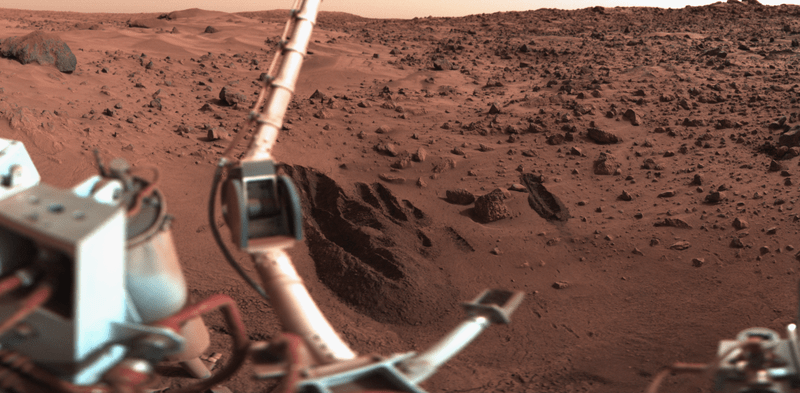
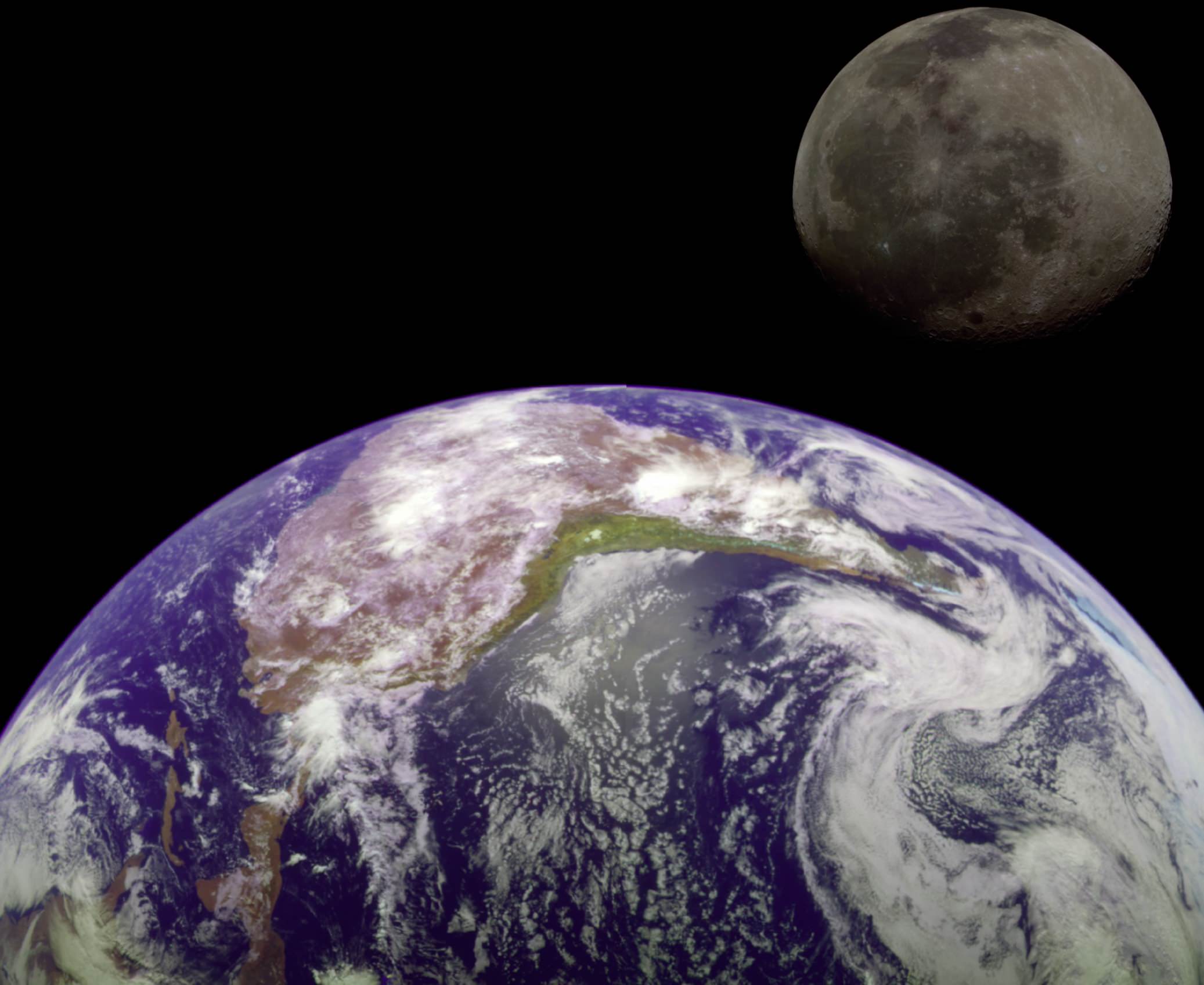
 Since planets with relatively large moons are thought to be fairly rare, that would mean most terrestrial-type planets like Earth would have either smaller moons or no moons at all, limiting their potential to support life. But if the new research results are right, the dependence on a large moon might not be as important after all. “There could be a lot more habitable worlds out there,” according to Jack Lissauer of NASA’s Ames Research Center in Moffett Field, California, who leads the research team.
Since planets with relatively large moons are thought to be fairly rare, that would mean most terrestrial-type planets like Earth would have either smaller moons or no moons at all, limiting their potential to support life. But if the new research results are right, the dependence on a large moon might not be as important after all. “There could be a lot more habitable worlds out there,” according to Jack Lissauer of NASA’s Ames Research Center in Moffett Field, California, who leads the research team.